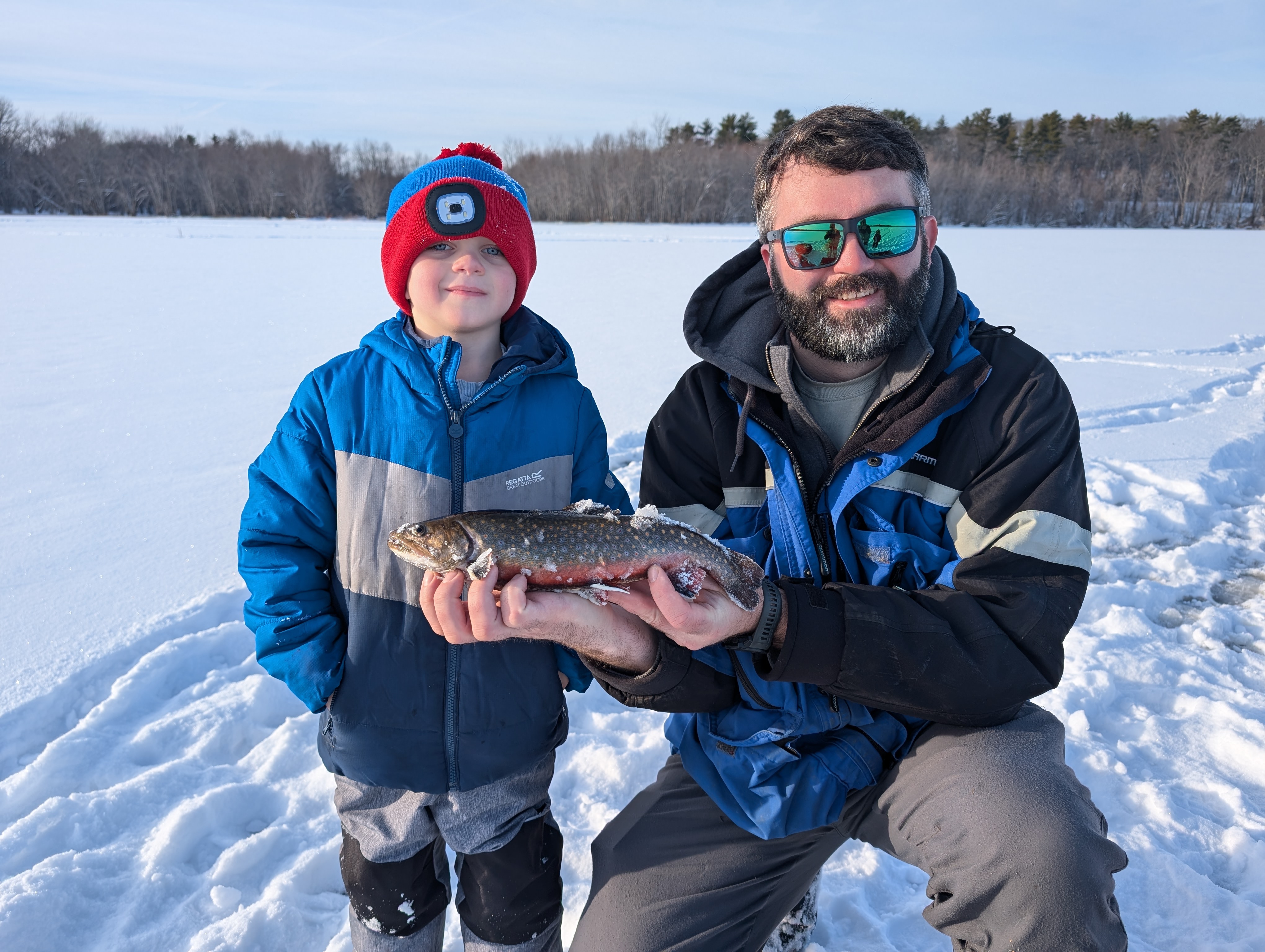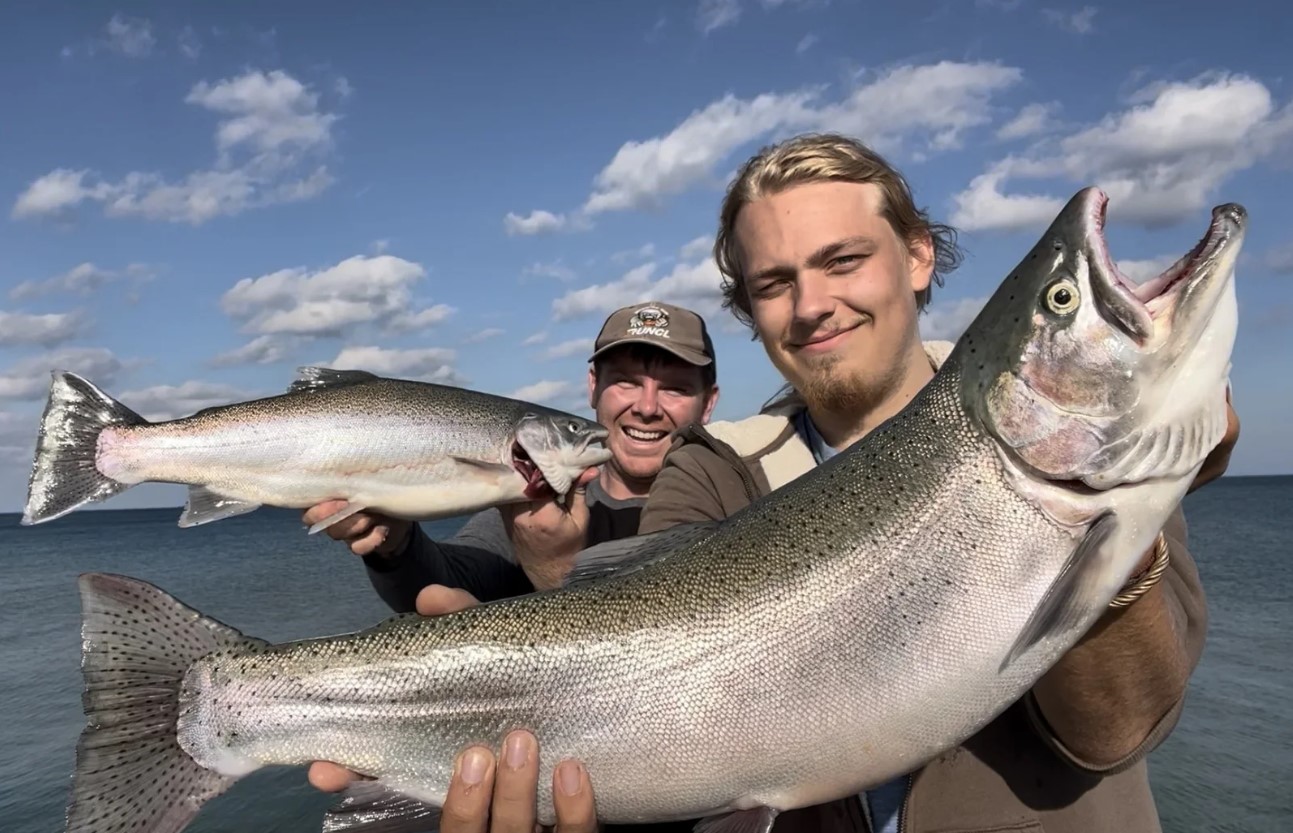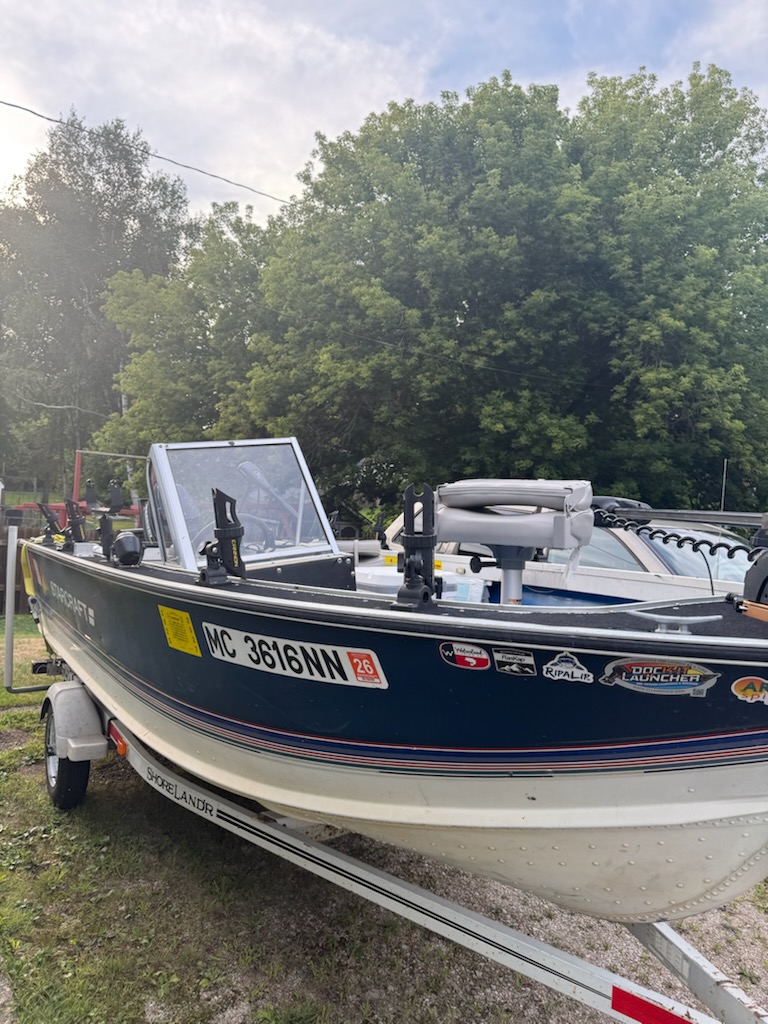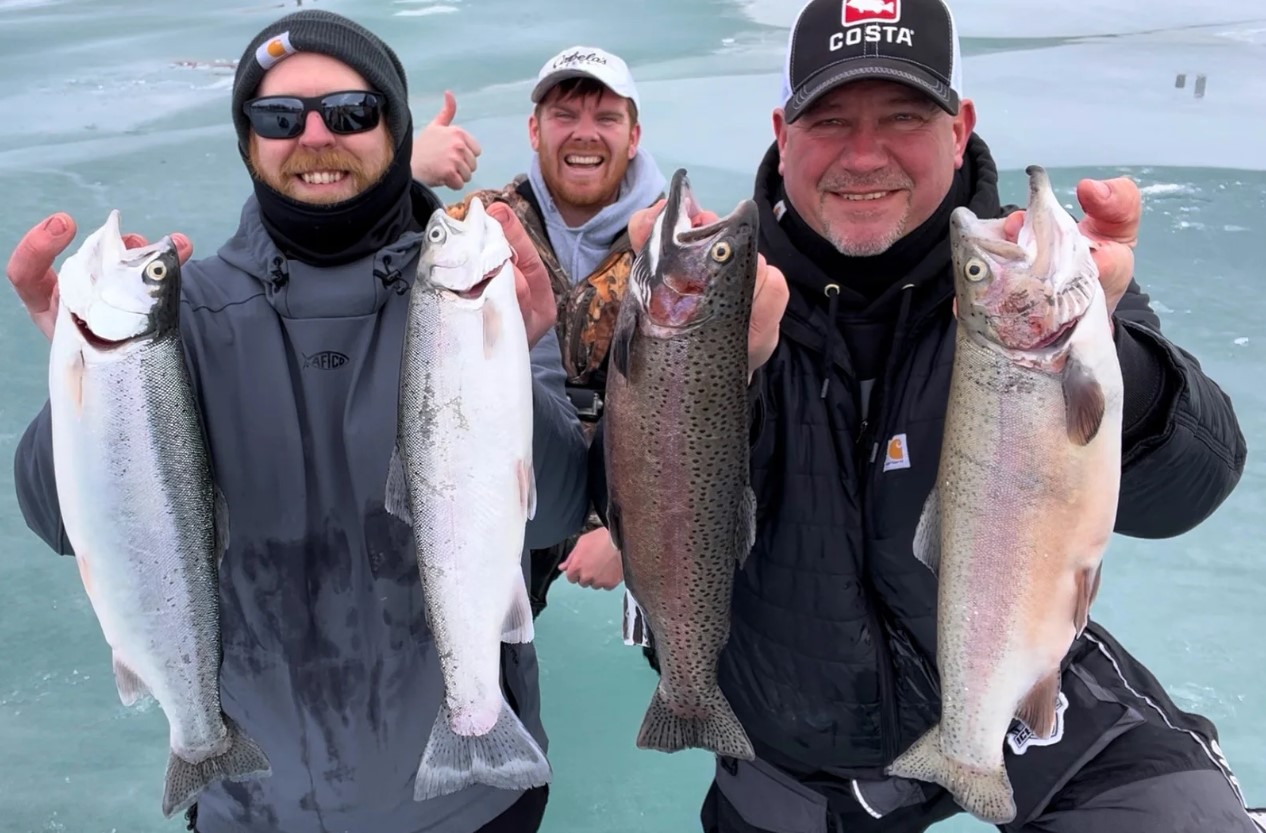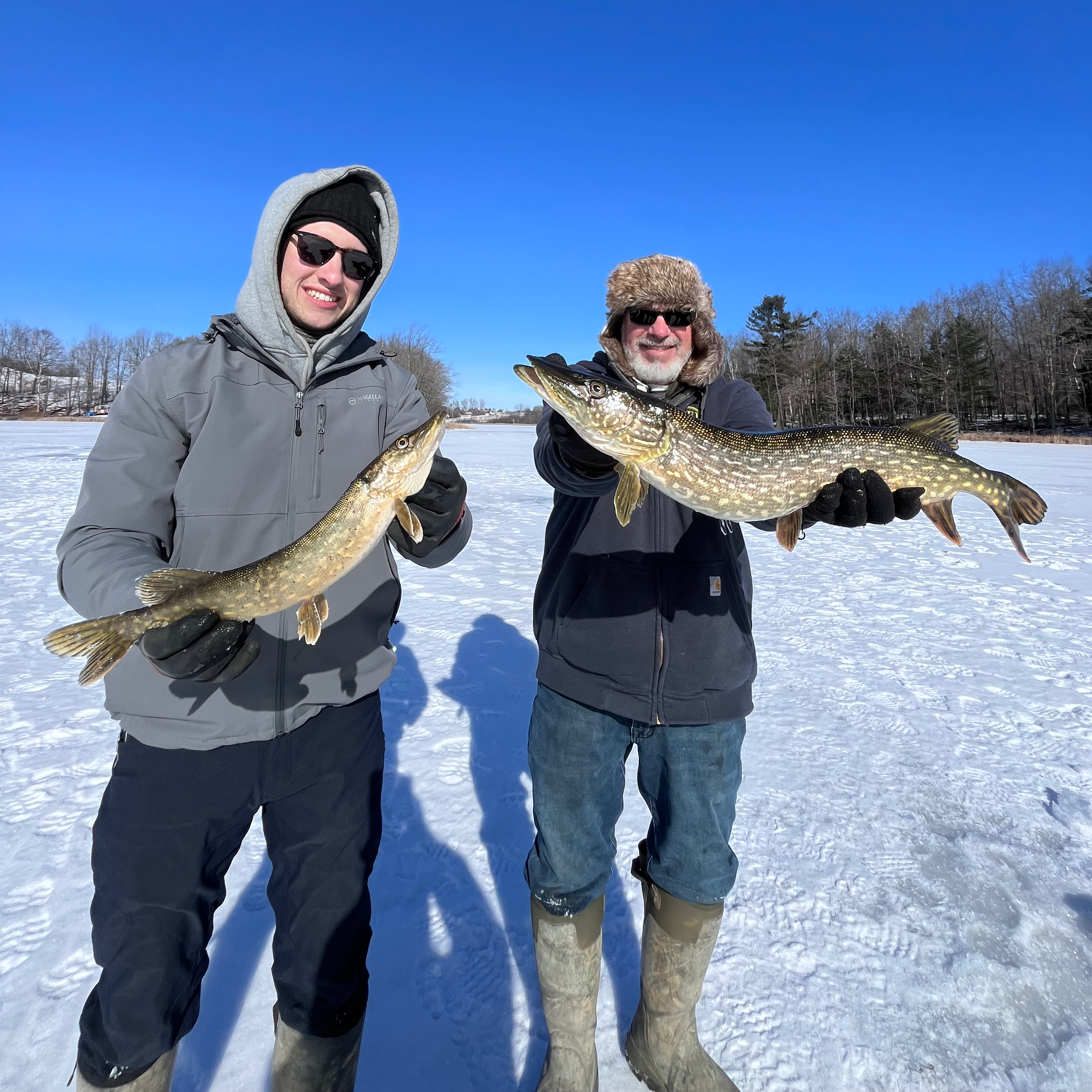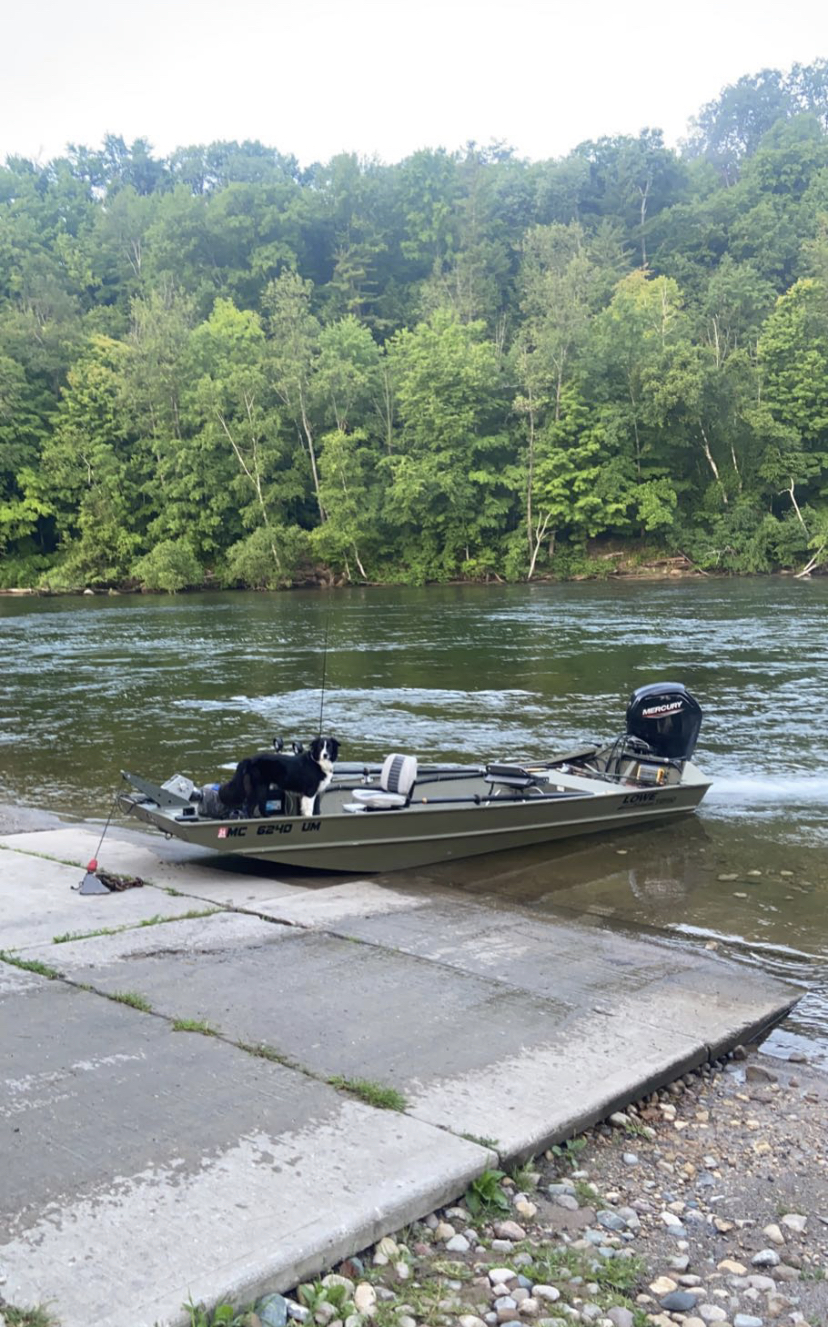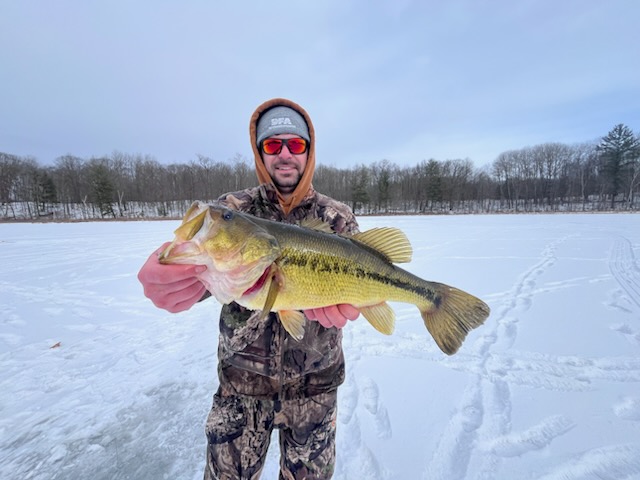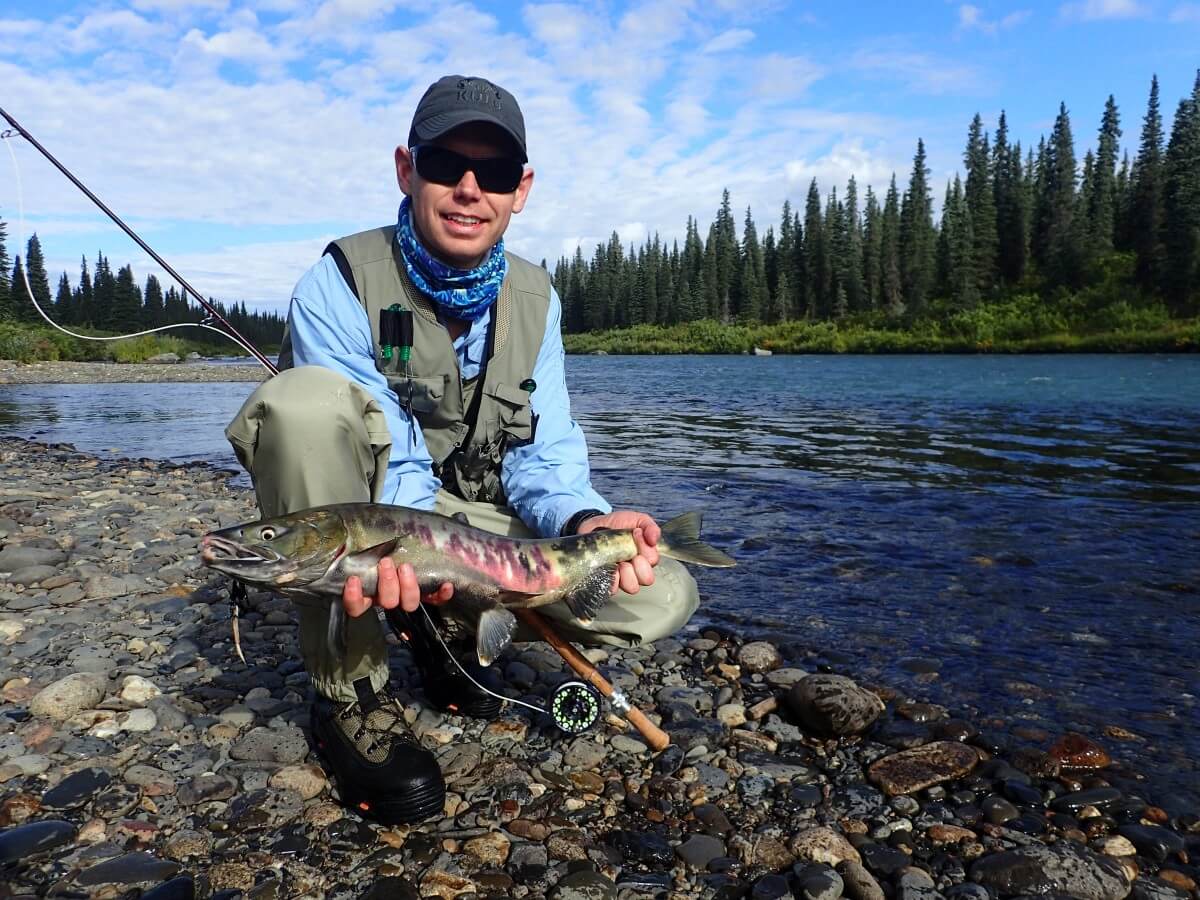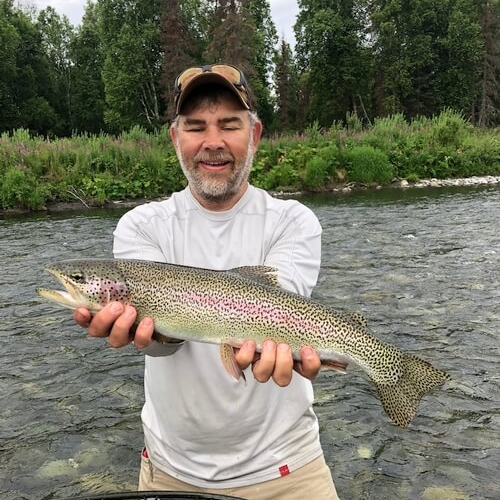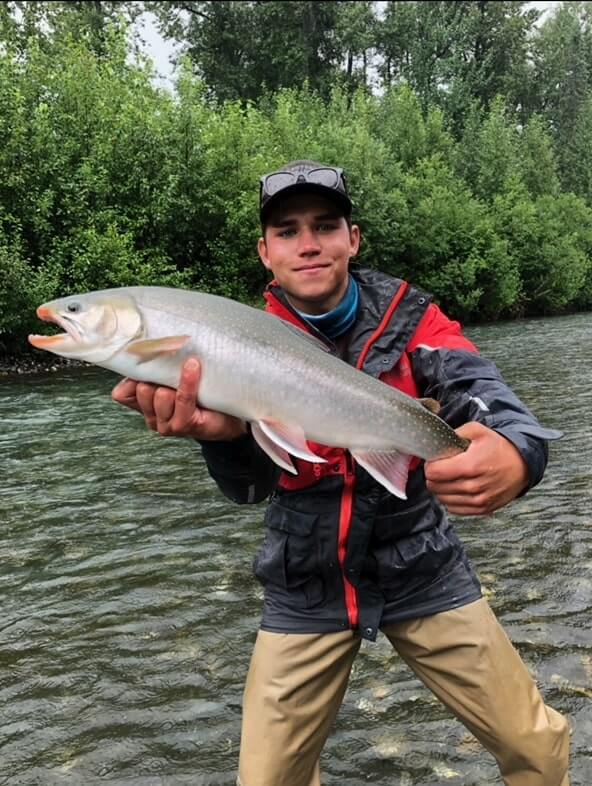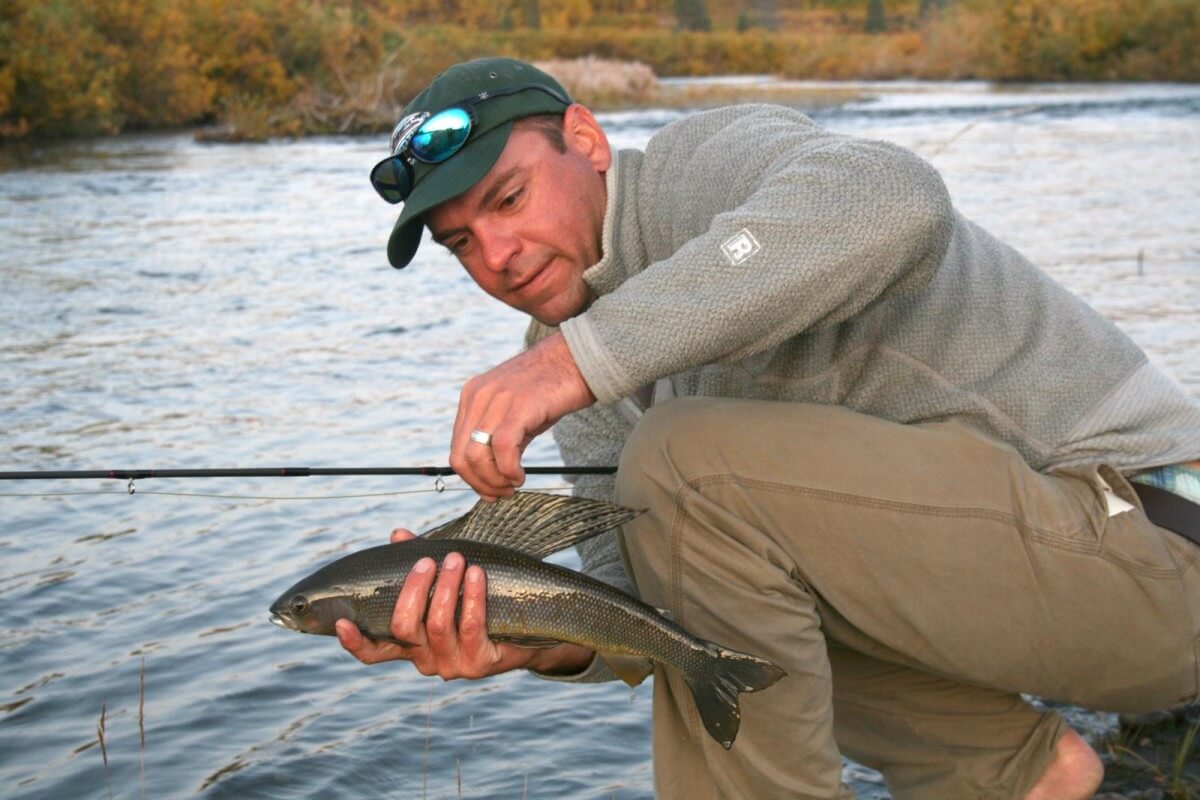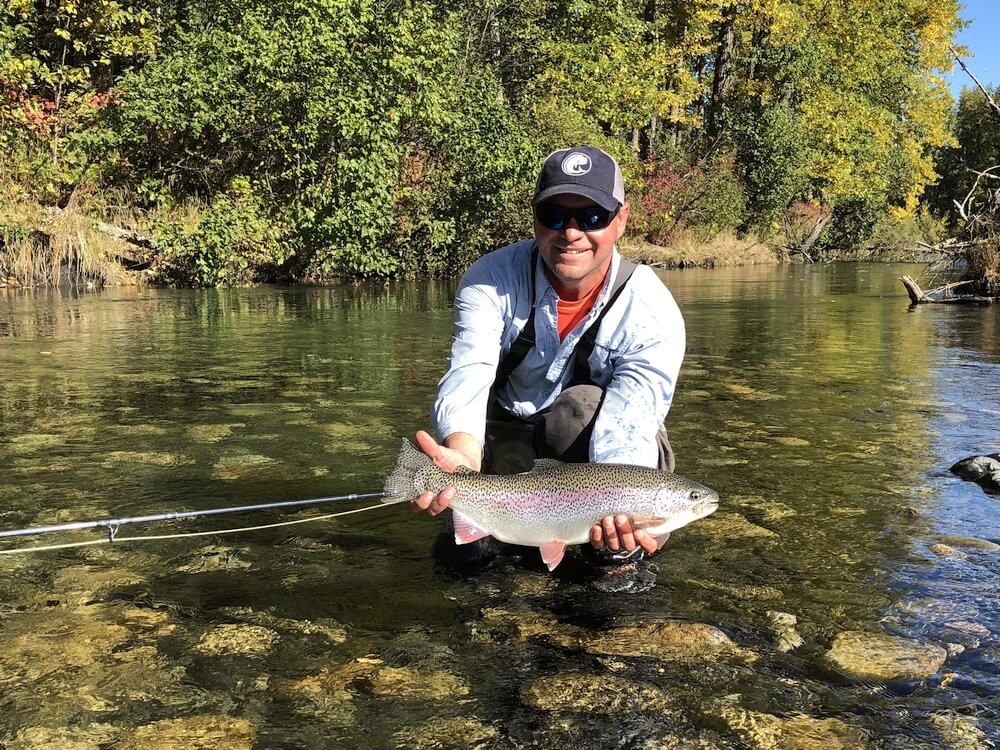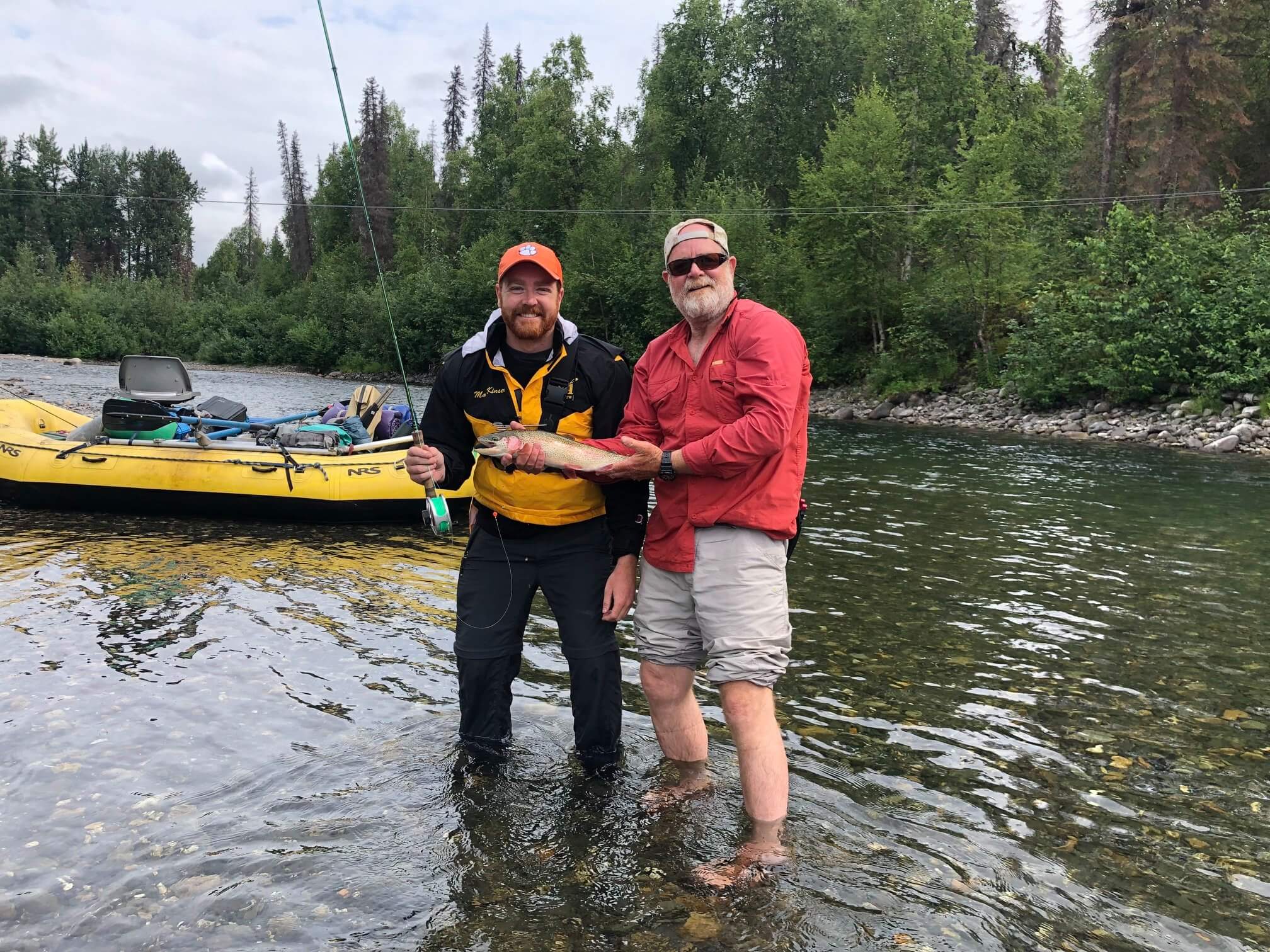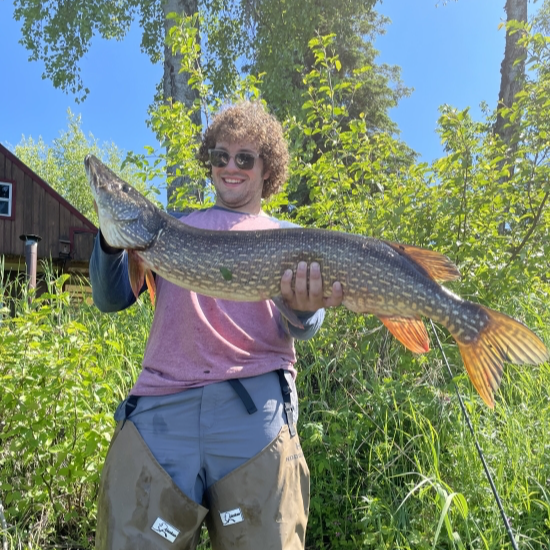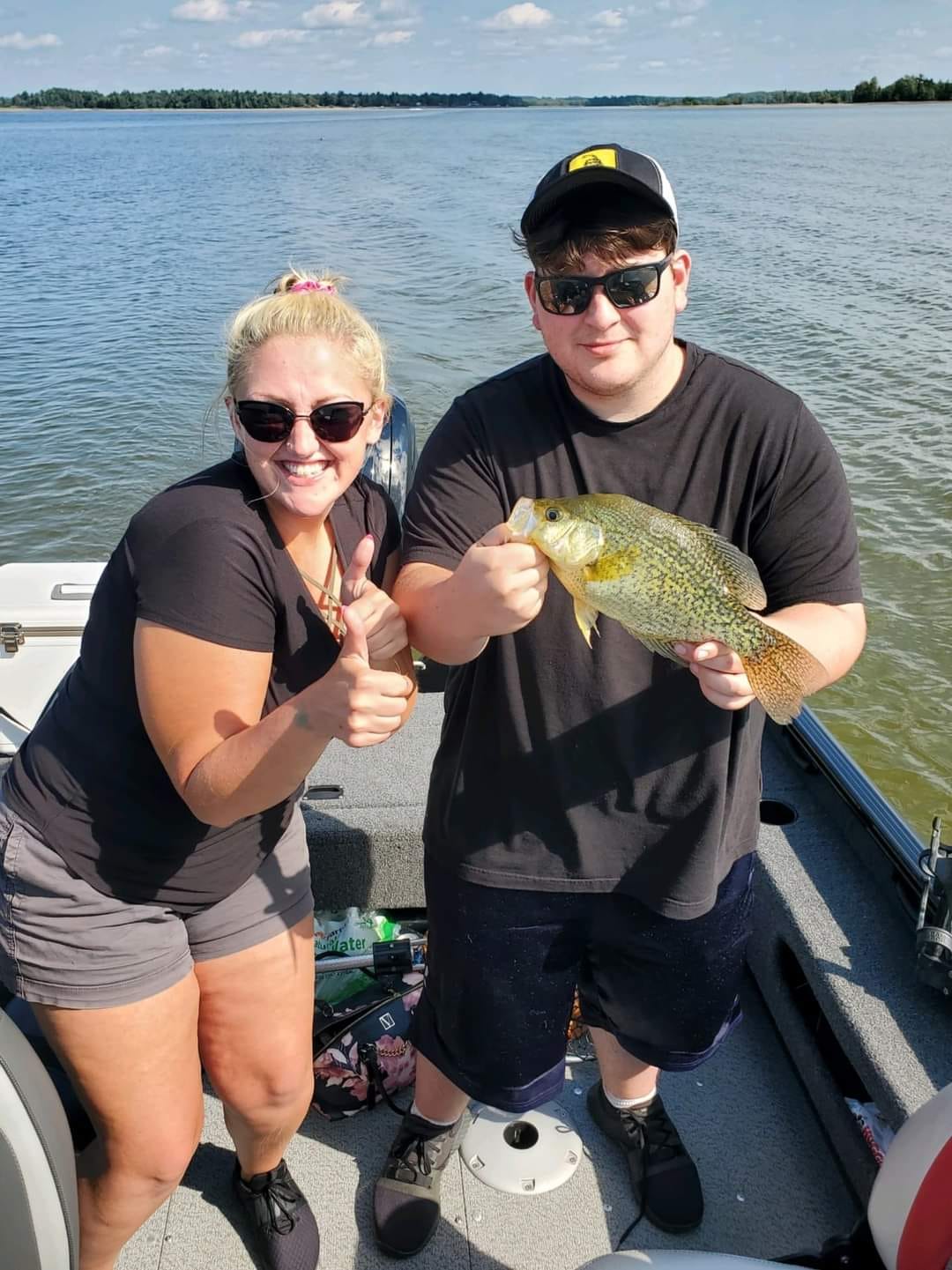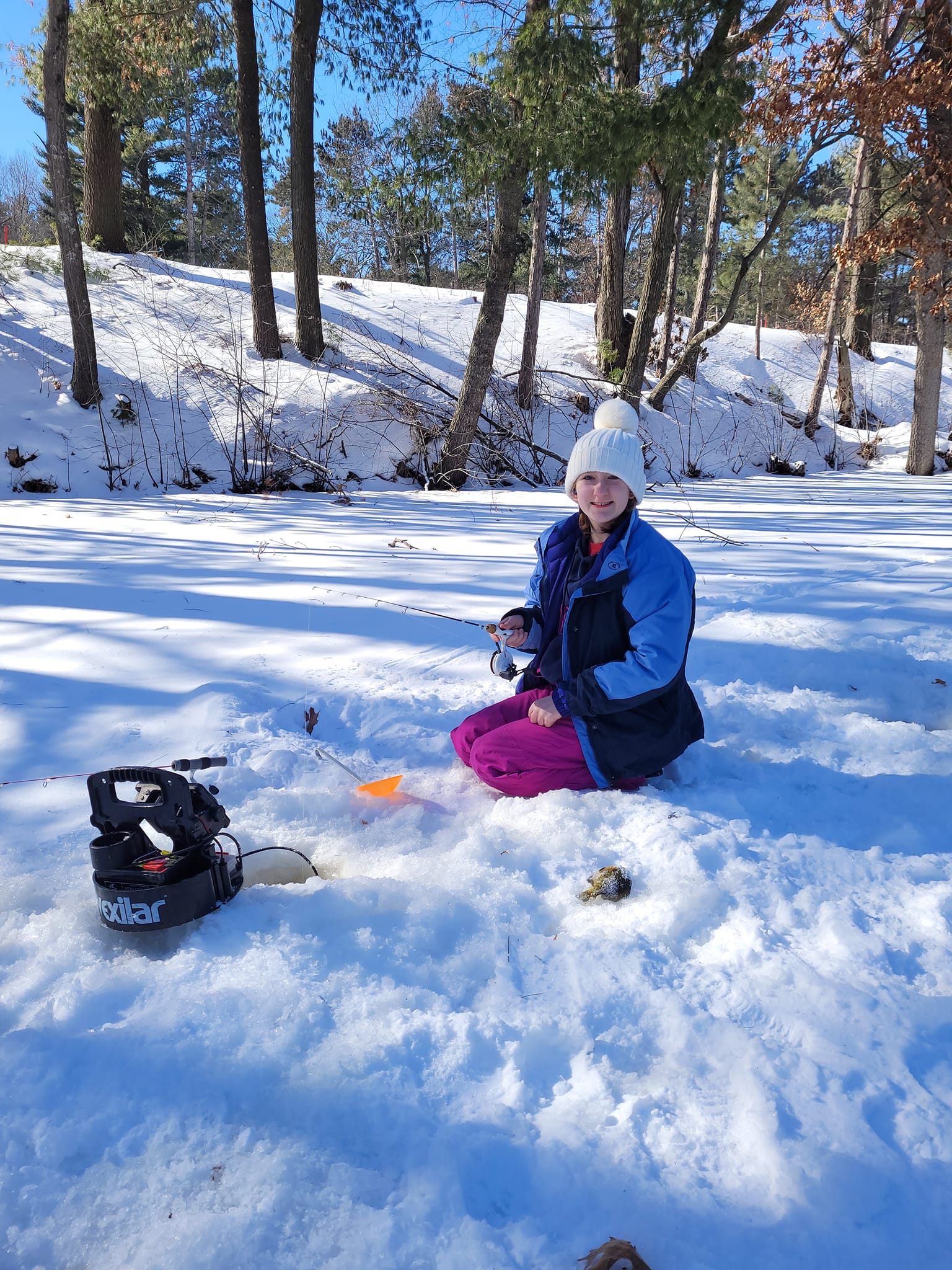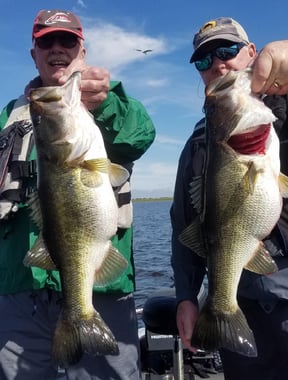Full Day Pontoon Fishing Trip
Acadia ICE FISHING
Salmon Steelhead In Lexington
River, Lake Fishing in Stanwood
Ice Fishing Michigan
River, Lake Fishing in Talkeetna
2 Night Alaskan Rafting Adventure
River, Lake Fishing in Talkeetna
Talkeetna Area Day Fishing Trip
River, Lake Fishing in Pulaski
Morning/Afternoon Trip (6 Hrs)
River, Lake Fishing in Talkeetna
Pike In The Alaska Wilderness
River, Lake Fishing in Mosinee
Wisconsin River Fishing
River, Lake Fishing in Mosinee
Ice Fishing Charters Wisconsin
We started Captain Experiences to make it easy to book fishing and hunting guides around the world. With over 2,000 Damn Good Guides, our platform makes finding and booking a trip seamless. Head here to check out our trips.
The northern pike is a species of freshwater carnivorous fish common in cool water. Pike are popular gamefish and are also known as great northern pike, northern, (in the U.S. Upper Midwest) and jackfish. The northern pike gets its name because of the long and sharp resemblance they share with the pole-weapon which is also called a pike.
What is a Northern Pike?
Pike are olive green with yellow undertones which contrast their white belly. Their sides feature dark vertical bars and sometimes spots that vary in number. The lateral line of a pike stretches down their body and stays intune with vibrations in their environment. For pike, these sensory areas also include the bottom of their gill plate and pores on its head and lower jaw. Although pike and musky share a strong resemblance, the pike has light markings on a dark body background.

The northern pike grows relatively large with an average length of about 16 to 22 inches but have been recorded at lengths of almost 60 inches. Pike usually live for 10 to 15 years, but occasionally will live as long as 25 years.
Pike Hybrid
When a northern pike breeds with a musky it creates one of the biggest and most elusive freshwater sportfish in the country, the tiger musky. These fish grow larger than both pike and musky. In these hybrid fish, the male offspring are incapable of reproducing but the females are sometimes fertile.
What is the Biggest Pike Ever Caught?
According to the IGFA, the largest pike ever caught was 55 pounds landed by Lothar Louis on Greffern Lake, Germany, on 16 October 1986. This record stands as the all-tackle world record for northern pike.
Feeding behavior of Pike
The northern pike is an aggressive and explosive species when it’s time to eat. Pike are ambush predators and use a burst of energy to capture their prey. Most Predatory fish actively chase prey until they are able to capture it. Due to their hunting style, pike spend long periods of time inactive. They wait for prey to show up and then ambush it. Small pike tend to spend a lot of their time in cover which serves as an ambush spot for prey but also prevents a larger pike from ambushing them. The Preferred cover for pike ranges from structure like fallen trees and drop-offs to lily pads and other dense vegetation.
Silver Pike
With pike widley distributed across the landscape, variations in appearance have been discovered by anglers. A rare color variation of northern pike is the silver pike which is a mutation that occurs in a few populations. Silver pike do not have spots and have a silver or silvery-blue. When a pike with the silver mutation is sick for a long time they have been known to look slightly purple.

Neon Green Pike
Anglers have caught an even more distinct looking pike in cold far north bodies of water. Canada’s Great Slave Lake has produced pike in recent years that feature a fluorescent-green-blue mouth and and jaw. Pike have cells in their skin that allow them to change color. This adaptation allows them to blend in a little better to hide from larger fish or ambush prey. The unique coloration of these particular pikes is supposedly an adaptation to their environment which has an abundance of green algae.
Joey Butrus
Updated on July 28, 2023

January 7, 2022
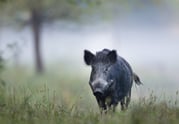
November 7, 2023

August 21, 2023
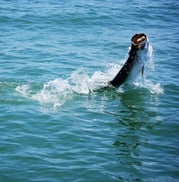
April 15, 2022

July 31, 2024
Related Articles
November 29, 2022
September 13, 2022
May 13, 2021
Featured Locations
- Fishing Charters Near Me
- Austin Fishing Guides
- Biloxi Fishing Charters
- Bradenton Fishing Charters
- Cabo San Lucas Fishing Charters
- Cancun Fishing Charters
- Cape Coral Fishing Charters
- Charleston Fishing Charters
- Clearwater Fishing Charters
- Corpus Christi Fishing Charters
- Crystal River Fishing Charters
- Dauphin Island Fishing Charters
- Daytona Beach Fishing Charters
- Destin Fishing Charters
- Fort Lauderdale Fishing Charters
- Fort Myers Fishing Charters
- Fort Walton Beach Fishing Charters
- Galveston Fishing Charters
- Gulf Shores Fishing Charters
- Hatteras Fishing Charters
- Hilton Head Fishing Charters
- Islamorada Fishing Charters
- Jacksonville Fishing Charters
- Jupiter Fishing Charters
- Key Largo Fishing Charters
- Key West Fishing Charters
- Kona Fishing Charters
- Lakeside Marblehead Fishing Charters
- Marathon Fishing Charters
- Marco Island Fishing Charters
- Miami Fishing Charters
- Montauk Fishing Charters
- Morehead City Fishing Charters
- Naples Fishing Charters
- New Orleans Fishing Charters
- New Smyrna Beach Fishing Charters
- Ocean City Fishing Charters
- Orange Beach Fishing Charters
- Panama City Beach Fishing Charters
- Pensacola Fishing Charters
- Pompano Beach Fishing Charters
- Port Aransas Fishing Charters
- Port Orange Fishing Charters
- Rockport Fishing Charters
- San Diego Fishing Charters
- San Juan Fishing Charters
- Sarasota Fishing Charters
- South Padre Island Fishing Charters
- St. Augustine Fishing Charters
- St. Petersburg Fishing Charters
- Tampa Fishing Charters
- Tarpon Springs Fishing Charters
- Venice Fishing Charters
- Virginia Beach Fishing Charters
- West Palm Beach Fishing Charters
- Wilmington Fishing Charters
- Wrightsville Beach Fishing Charters



